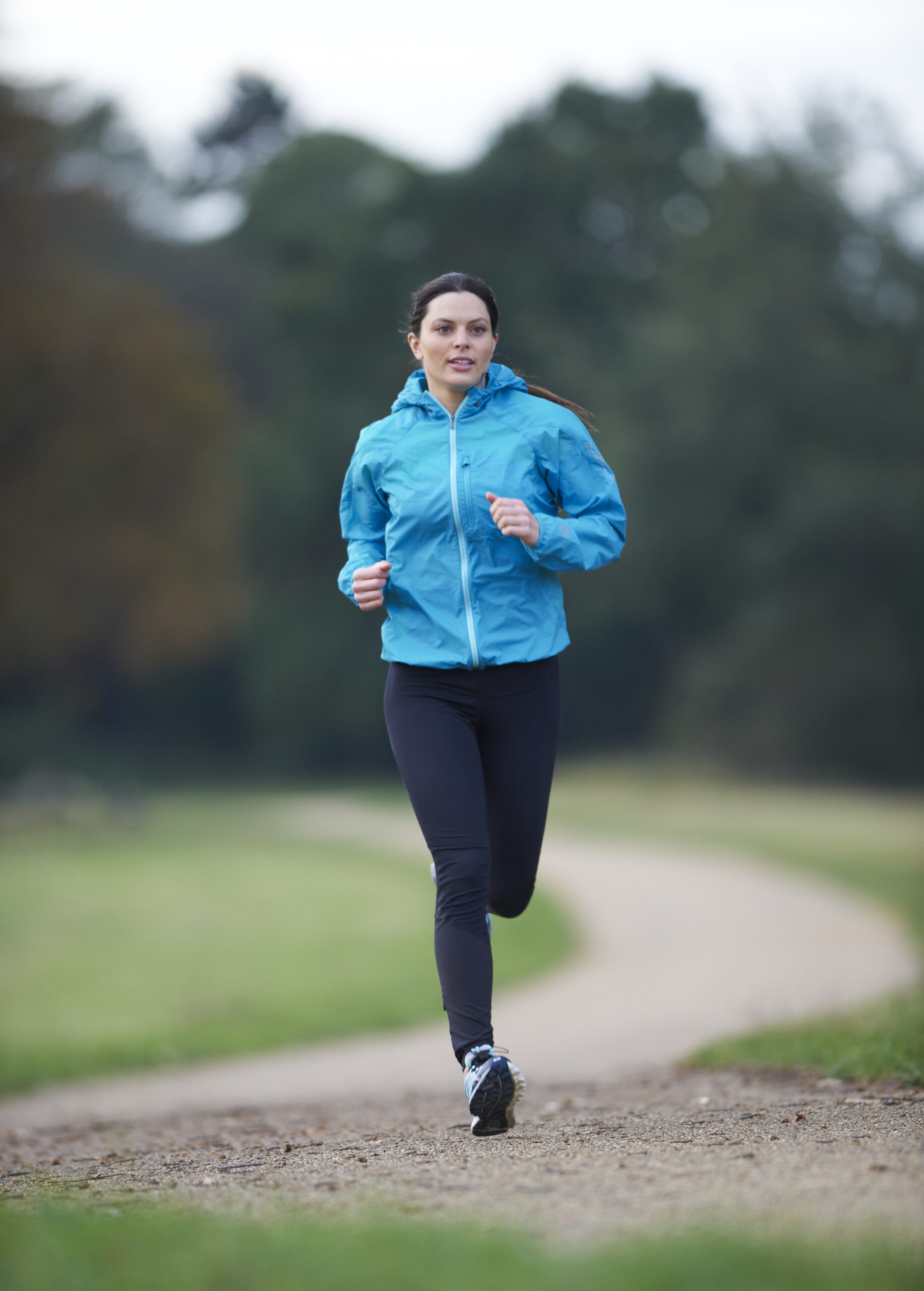Recently the trail running community has seen great leaps in athletic performance.
Runners such as Jasmin Paris (Berkley marathon competitor), Tara Dower (Appalachian trail fastest known time holder) and Katie Schide (Ultra Trail Mont Blanc record breaker) are only a few of the many athletes pushing the ceiling of this growing sport.
It is an exciting time to be a trail runner!
However, with trail running comes the risk of repetitive stress on our body.
Trail running injuries are common and often arise from overuse where the body fails to adapt to the physical demands placed on it.
What are common trail running injuries?
The most common trail running injuries include those to the lower limb such as feet, ankles, knees and/or hips.
Below is a list of some common presentations we see in clinic:
- Blisters!
- Achilles tendinopathy
- Ankle sprains
- Medial tibial stress syndrome/shin splints
- Patellofemoral pain syndrome
- Iliotibial band (ITB) irritation
Do I rest if I am in pain?
Although temporary rest may reduce your pain, rest will not fix the ‘why’ behind your injury.
So what do I do if I am in pain?
Come see us in clinic!
It is important to figure out this ‘why’ behind your injury in order to mitigate it from happening again.
In clinic this may be achieved by assessing your running gait, single leg biomechanics and/or discussing your running load or programme.
This in turn may lead to devising an exercise programme specifically for you.
Why do I need an exercise programme specifically for trail running?
In order to meet the demands of repetitive foot strike, varied elevations, and challenging terrain synonymous to trail running we must practice these components off the trail in order to improve the body’s ability to adapt to them on the trail.
What does an exercise programme specifically for trail running look like?
An exercise programme tailored for your trail running may combine education, mobility, single leg strength, stability, and/or plyometric exercises.
Take home message
In order to stay ‘out there’ there are many exercises we can show you to reduce your risk of injury and improve your trail running performance.
And most importantly to keep you enjoying the trails and its impressive community!
By Niamh McMullan, Physiotherapist

